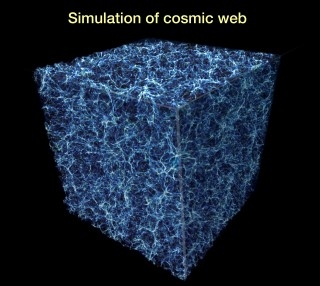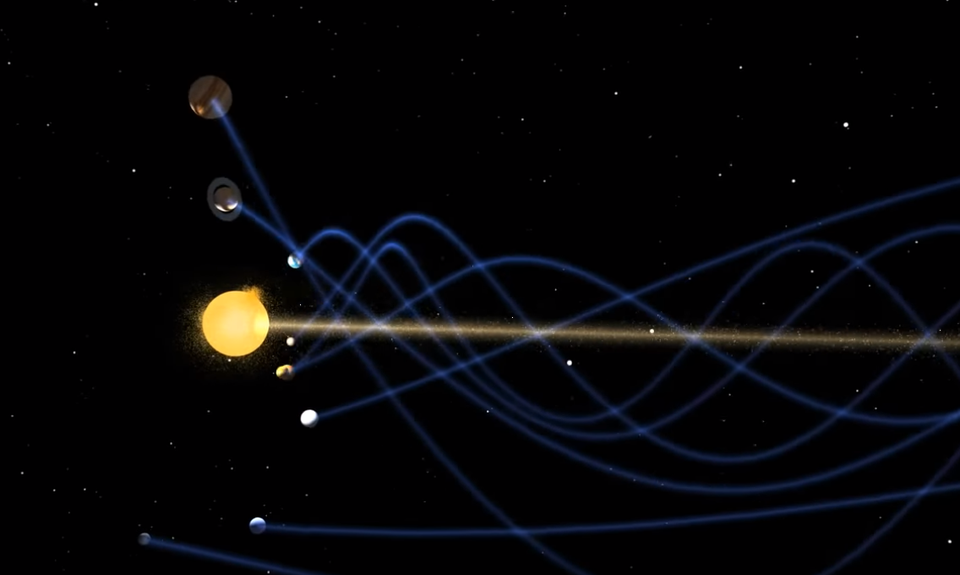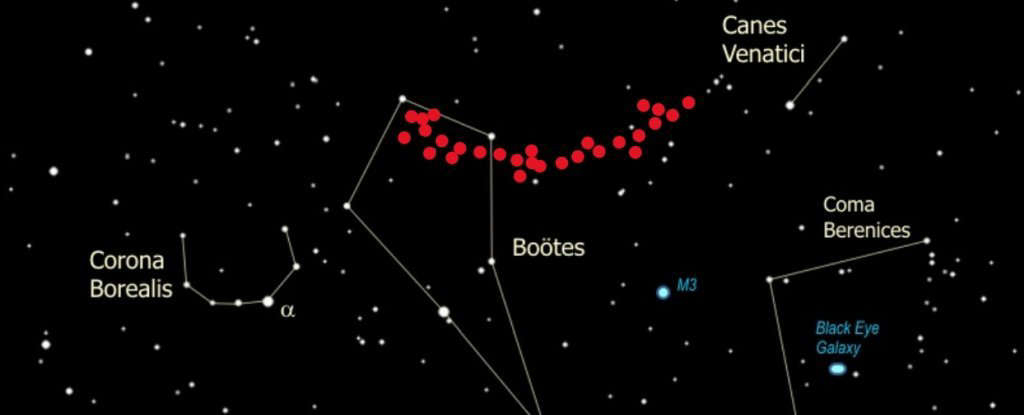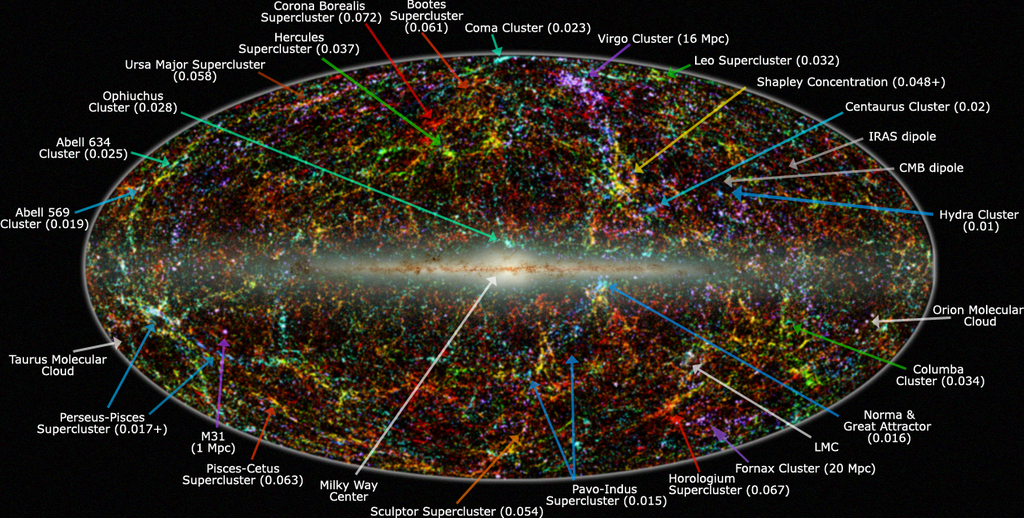A Team of Scientists Discover the Largest Spinning Structures in the Universe
Using data from the Sloan Digital Sky Survey, astronomers have found that cosmic filaments connecting superclusters are rotating, which gives new clues about how the largest structures in our Universe work.
The Earth rotates, the Sun rotates, the Milky Way rotates – is there anything in the Universe that doesn’t? Even galaxy clusters have been found to rotate, but at very slow speeds, which led astrophysicists to conclude that they are the largest possible spinning structures. The existence of even more extended structures of the Universe have been shown to exist from almost every computer simulation: large filaments up to 1.2 billion light-years long containing intergalactic gas, galaxies and sometimes even clusters, as well as dark matter, connect the clusters and superclusters in a giant cosmic web.

Earlier this year, a French team conducted the first direct observation such of a filament of hydrogen gas at these astounding scales. This hydrogen isn’t there on its own, it is most likely that dwarf galaxies too small and distant to be detected are found within that thread, between the larger galaxies. While forming stars, they produce sufficient light to provoke the hydrogen emissions that light up the threads of the intergalactic medium.
Now researchers from the Leibniz Institute for Astrophysics Potsdam in Germany have found evidence for the rotation of cosmic filaments. Since the Universe doesn't appear to have an initial intrinsic rotation, that of filaments must come from structure formation. It is known that these threads from the cosmic web must an influence on galaxy evolution, and even that their presence affects the way individual galaxies rotate. By studying the changes in redshift of galaxies within the filaments, i.e. the changes in distance with respect to us, the team was able to demonstrate that their motion corresponds to rotations around the central axis of each thread.
This is coherent with the observations of the way that "outside" galaxies accrete onto clusters: the term vorticity is more accurate than spin to describe what is going on, as the material in the filament can be seen as a fluid in which the galaxies flow along. The mass of the cluster at the end of the filament has been found to affect the “spin” rate, attracting the matter within the vortex faster the more massive it is. All this effectively means that galaxies in the threads have a helical motion towards clusters, which you can visualize as following the shape of a corkscrew or spiral staircase. This is similar to the motion that the Solar system planets have as the Sun orbits around the centre of the galaxy if you view them from the outside.

The Universe at these unimaginable scales has many more mysteries: from the giant arc of galaxies that was just discovered at the University of Lancashire, a structure 3.3 billion light-years across which goes against predictions of the shape and maximal size of cosmic filaments, to the “Great Attractor”, a gravitational anomaly that seems to attract members of the Laniakea Supercluster, of which our galaxy is part.


Cosmologists still have much work to do in order to explain the largest structure of our Universe. Demonstrating that cosmic filaments spin is a fantastic advance, but new observations of unexpected properties of these threads and of intergalactic space itself keep challenging expectations of how the Universe behaves.
Cover image: Artist's impression of spinning filament, AIP/A. Khalatyan/J. Fohlmeister
Image credits:
1 - Cosmic web simulation, NASA, ESA, and E. Hallman (University of Colorado, Boulder)
2 - Hydrogen filament, NASA, ESO, R. Bacon, D. Mary
3 - Planets' vortex, DJ Sadhu for YouTube
4 - Great Arc, A. Lopez/UCLan
5 - Near-IR galaxy clusters, IPAC, Caltech, T. Jarrett
